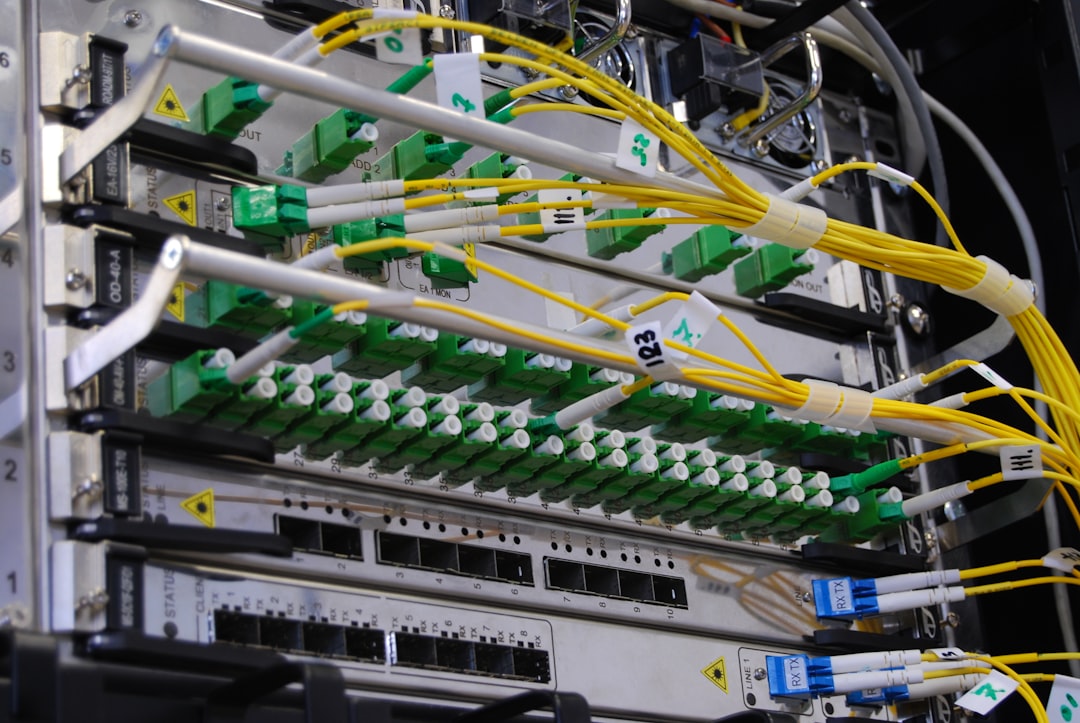Dedicated servers provide organizations with robust and reliable hosting solutions, offering tremendous performance and full control over the hosting environment. However, as business needs evolve and grow, the scalability of a dedicated server becomes essential to meet new demands. While dedicated servers are not inherently scalable in the same way as cloud solutions, there are still effective strategies to expand their capacity and functionality.
Vertical Scaling: Enhancing the Power of Existing Hardware
One of the most straightforward scalability strategies for a dedicated server is vertical scaling. This involves upgrading the server’s existing components to improve performance. Typical enhancements include:
- Adding more RAM – Increased memory helps in handling more processes and simultaneous users.
- Upgrading the CPU – A powerful processor enhances the server’s data processing capabilities.
- Expanding Storage – Additional hard drives or SSDs can be installed to accommodate larger volumes of data.
Vertical scaling is ideal for businesses that want to increase capacity without changing the physical server infrastructure. However, it does come with limitations, since hardware upgrades have a ceiling of performance and may require downtime during installation.

Horizontal Scaling: Adding More Servers
For businesses experiencing rapid growth, horizontal scaling – adding more dedicated servers – may be the better solution. This strategy distributes workloads across multiple servers, allowing for better performance and resilience. Benefits include:
- High availability – With more than one server, applications can remain operational even if one server fails.
- Load balancing – Traffic can be distributed efficiently across servers, improving speed and performance.
- Improved data redundancy – Data can be mirrored across multiple servers for added security.
Although horizontal scaling involves higher costs and greater management complexity, it is a powerful way to build a scalable and fault-tolerant infrastructure.
Virtualization as a Scalability Layer
Virtualization allows a single dedicated server to host multiple virtual machines, each functioning as an independent server. This adds flexibility and simplifies future upgrades. Key advantages include:
- Resource allocation – Easily assign CPU, RAM, and storage to different virtual machines.
- Faster deployment – New instances can be launched quickly without physical changes.
- Cost-effectiveness – Multiple services can run on the same physical server, maximizing resource usage.
Virtualization also allows migration of workloads between servers when additional hardware is introduced, facilitating smoother horizontal scaling processes.
Hybrid Scaling: Combining Dedicated with Cloud Resources
One emerging trend is the hybrid approach, where businesses combine the strength of dedicated servers with the flexibility of cloud computing. Through this method, critical workloads reside on powerful dedicated infrastructure, while cloud resources scale dynamically to handle variable traffic spikes. Benefits include:
- Cost efficiency – Pay-as-you-go cloud resources reduce waste during low-usage periods.
- Scalability on demand – Instantly scale services without hardware limitations.
- Disaster recovery – Cloud platforms offer robust data backup and recovery features.

This model leverages the best of both worlds and future-proofs IT infrastructure against fluctuating demands.
Monitoring and Automation for Scalable Performance
Implementing sophisticated monitoring tools is crucial for scalability. These tools enable administrators to track resource usage in real time and forecast future needs. Moreover, automation technologies such as orchestration tools and configuration management systems (e.g., Puppet, Ansible) help ease the scaling process by:
- Automating server provisioning
- Ensuring configuration consistency
- Reducing manual errors
FAQ: Scalability Options for Dedicated Servers
- Q: Is it easier to scale vertically or horizontally?
A: Vertical scaling is simpler and less expensive initially, but horizontal scaling provides better performance and redundancy for long-term growth. - Q: Can I convert my dedicated server into a virtualized environment?
A: Yes, many tools like VMware or Proxmox allow you to virtualize a dedicated server for more flexible infrastructure management. - Q: How does load balancing help with scalability?
A: Load balancing spreads traffic across multiple servers, improving responsiveness and minimizing the risk of server overload. - Q: Do I need technical expertise to scale my dedicated server?
A: Some scaling methods, like cloud integration or server clustering, may require specialized knowledge, though managed services can assist with implementation. - Q: Is hybrid infrastructure reliable?
A: Yes, when configured properly, hybrid environments can offer both performance and scalability while maintaining high reliability.
Scalability is key to ensuring that dedicated server infrastructure remains efficient and adaptable. By combining vertical and horizontal scaling techniques, incorporating virtualization, and integrating cloud technologies, businesses can build powerful systems capable of meeting current and future demands.